Cheap ⌛ Kipsta F550, FIFA Basic Hybrid Soccer Ball, Size 5 Team ❤️
$24.99 Original price was: $24.99.$18.74Current price is: $18.74.
- Quality products for every lifestyle.
- There are quality problems, free return and exchange
- Free 1 year warranty period
- Streamlined service, designed for your convenience.

Need a ball for your soccer team? This FIFA Basic F550 ball boasts a thicker outer material paired with a 24-panel design for better stability.
The F550 hybrid has been approved by FIFA for your training sessions and matches. We’ve designed it to give the perfect balance between durability and feel
The story behind this ball
Our design team created this hybrid ball after observing soccer players in action on the field.
This ball is a hybrid because its design combines the comfort of a machine-stitched ball with the durability of a hand-sewn one.
We also used a bladder with a special design (1.25 miles of thread is wrapped around the bladder) to ensure lasting inflation and better sphericity.
A beach ball?
We know that a stable trajectory is important, especially for field players kicking long balls and for goalkeepers sending the ball down the field. To ensure very good stability, we have changed the construction of the outer layer. Traditionally designed using 32 panels, we’ve designed the F550 using 24 identical panels. This improves the stability of the ball and makes it more comfortable to play with.
Too light? Too heavy? The weight is standardized…
This ball weighs between 14.5 oz and 15.9 oz (size 5) and complies with official FIFA standards.
FIFA Basic approved.
How big is it? What’s the circumference?
This ball measures between 26.8″ and 27.6″ and complies with official FIFA standards.
FIFA Basic approved.
A “round” ball?
Here’s how we test sphericity:
Average measured variation: 1.8% max (FIFA Basic certification).
We measure the soccer’s sphericity at 4,500 different points and then examine any differences.
If the discrepancy is greater than 1.8% (FIFA Basic Standard), our engineers are tasked with improving the sphericity to ensure a consistent bounce.
Maximum pressure loss test: here’s what we do…
Here’s how we test pressure loss: We inflate the ball to the recommended pressure (meaning 0.8 bar).
72 hours later, the ball must not have lost more than 15% of its pressure, meaning approx. 0.1 bar (FIFA Basic certification). The pressure after 72 hours must, therefore, be at approx. 0.7 bar.
This also means that it is quite normal for a ball to lose pressure after a few days.
We’ve also tested how much water the ball absorbs…
Here’s how we test water absorption:
We simulate rainy playing conditions in a lab, leaving the ball to sit in 0.8″ of water on a pivoting support while subjecting it to 250 compressions.
At the end of the test, the ball must have absorbed no more than 10% of its weight (FIFA Basic certification).
It’s all about the bounce
Here’s the bounce test: The ball is dropped onto a steel plate 10 times from a height of 6’7″. The bounce height must be between 49.2″ and 61″ with a maximum difference of 3.9″ between the ball’s highest and lowest bounce.
Not even a scratch!
The most stringent test we put this ball through is the shooting machine test.
The ball must withstand 2,500 shots against an inclined concrete surface at 30 mph from a distance of 8’2″.
At the end of the test, we check:
– the ball’s general state: Stitching must withstand this test
– the circumference: Must not have increased by more than 0.6″.
– the sphericity: It must not have varied by over 1.8%
– the pressure: loss of pressure must not exceed 12.5%.
How about you? What do you think?
We value your feedback and use it to continuously improve our products. A huge thank-you in advance for sharing your feedback with us.
| Color | White/Yellow, Snowy White |
|---|---|
| Size | 5 |
Be the first to review “Cheap ⌛ Kipsta F550, FIFA Basic Hybrid Soccer Ball, Size 5 Team ❤️” Cancel reply
Related products
Accessories
Accessories


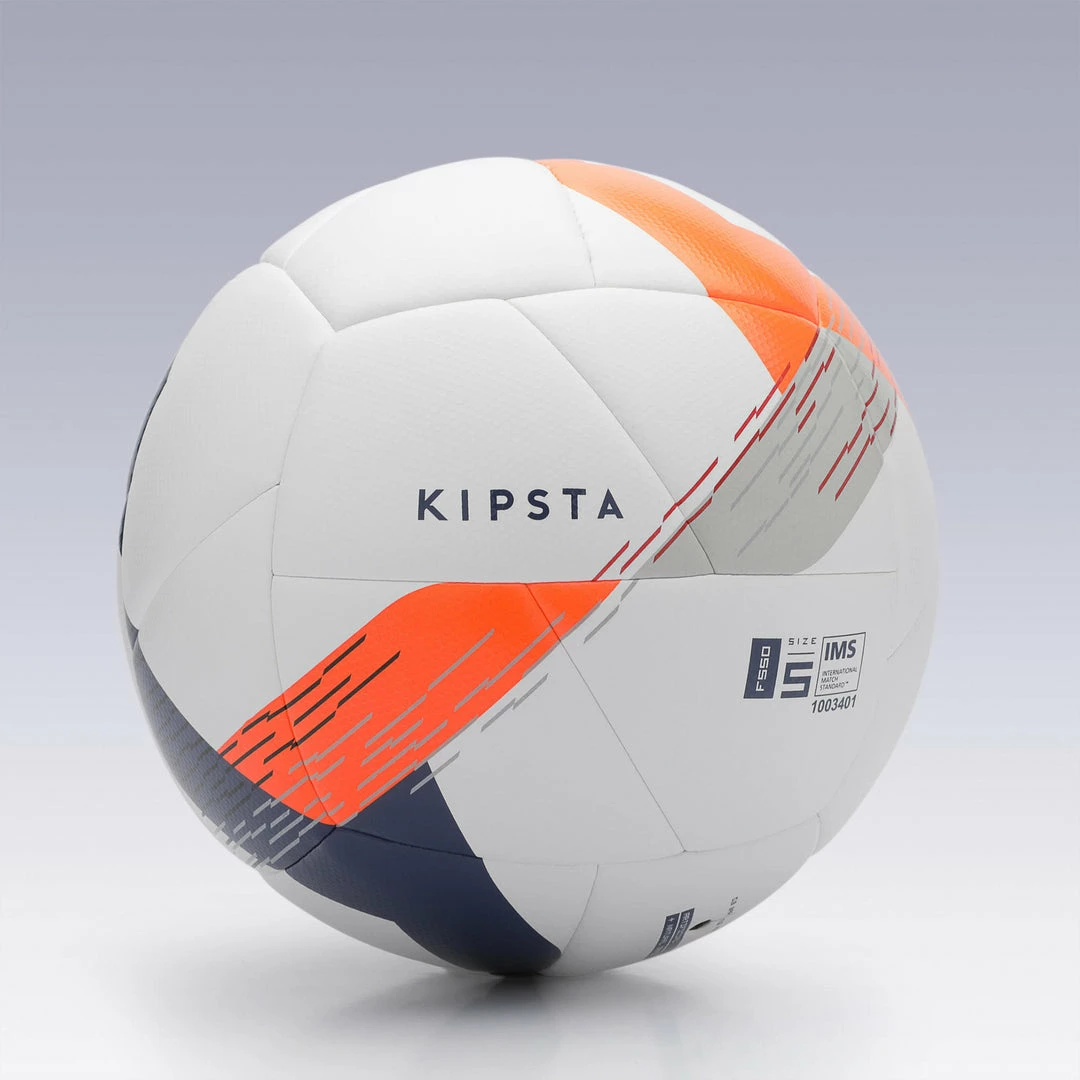

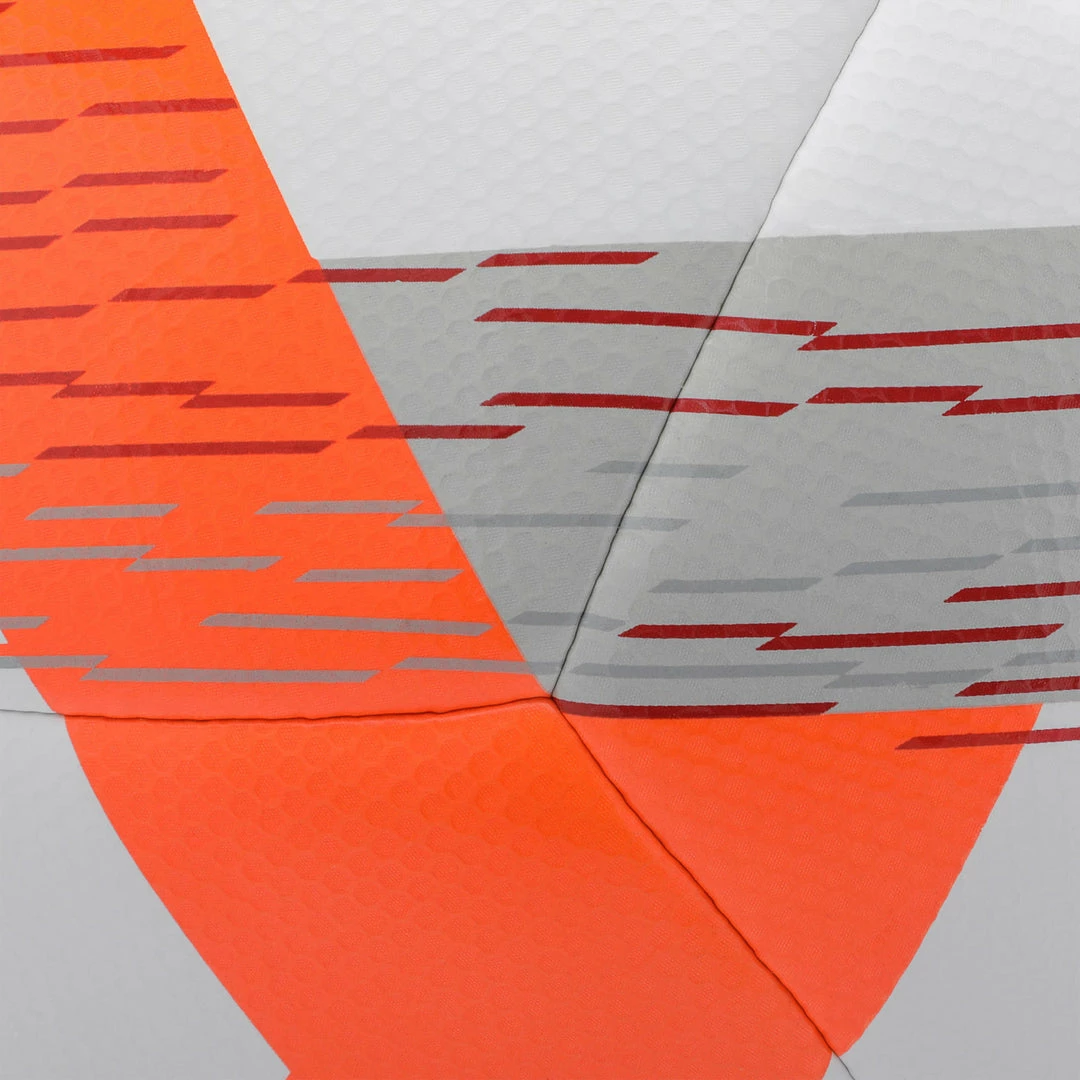
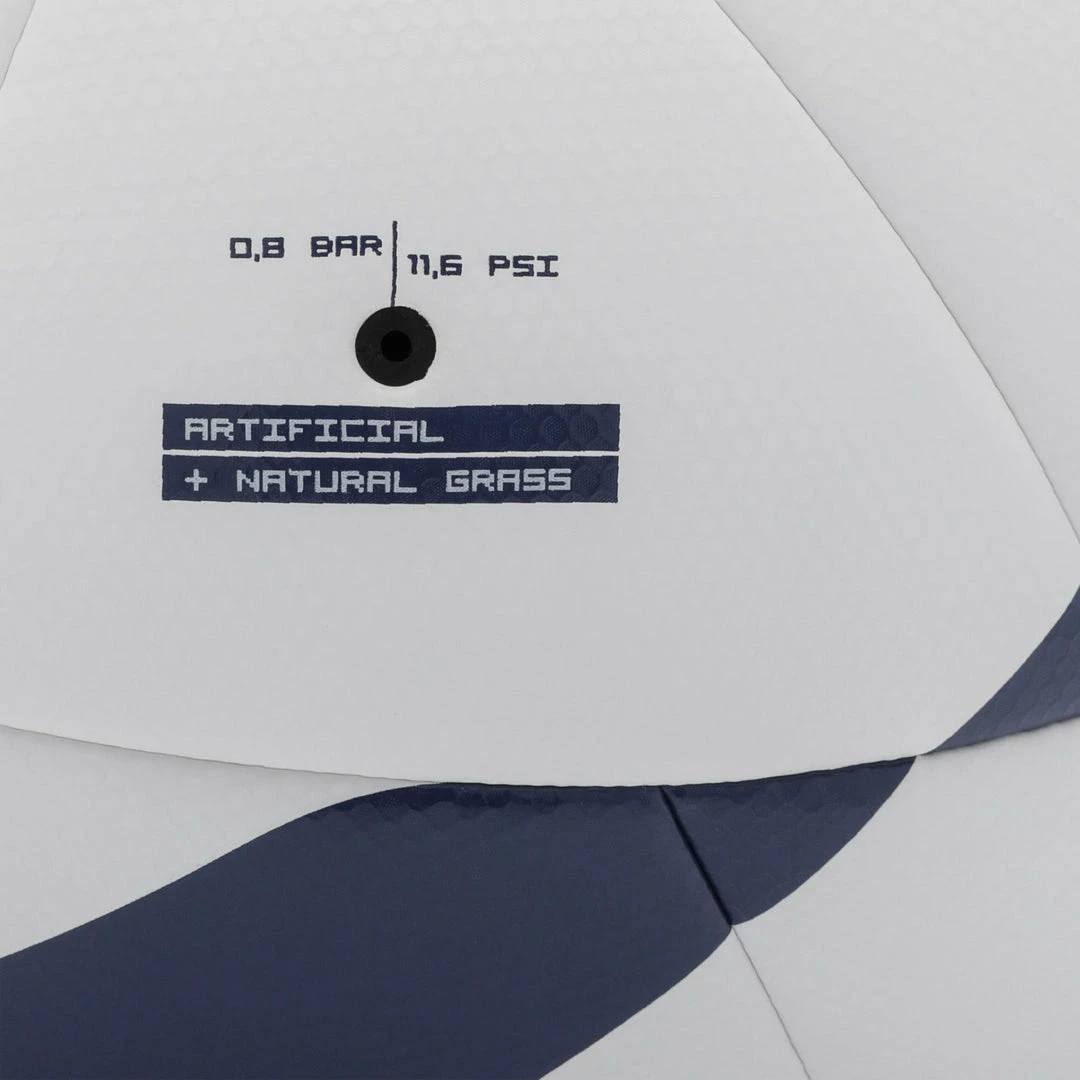

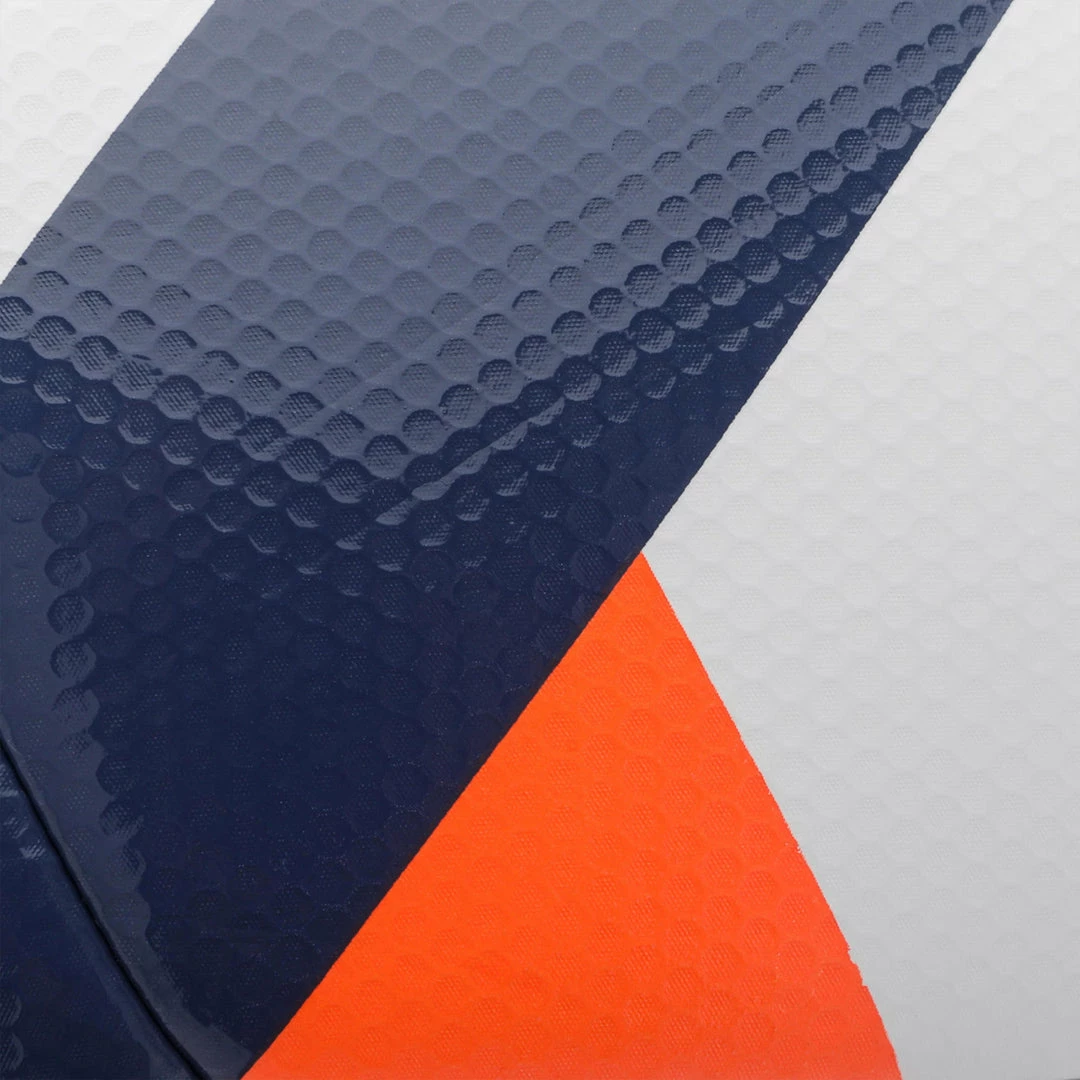

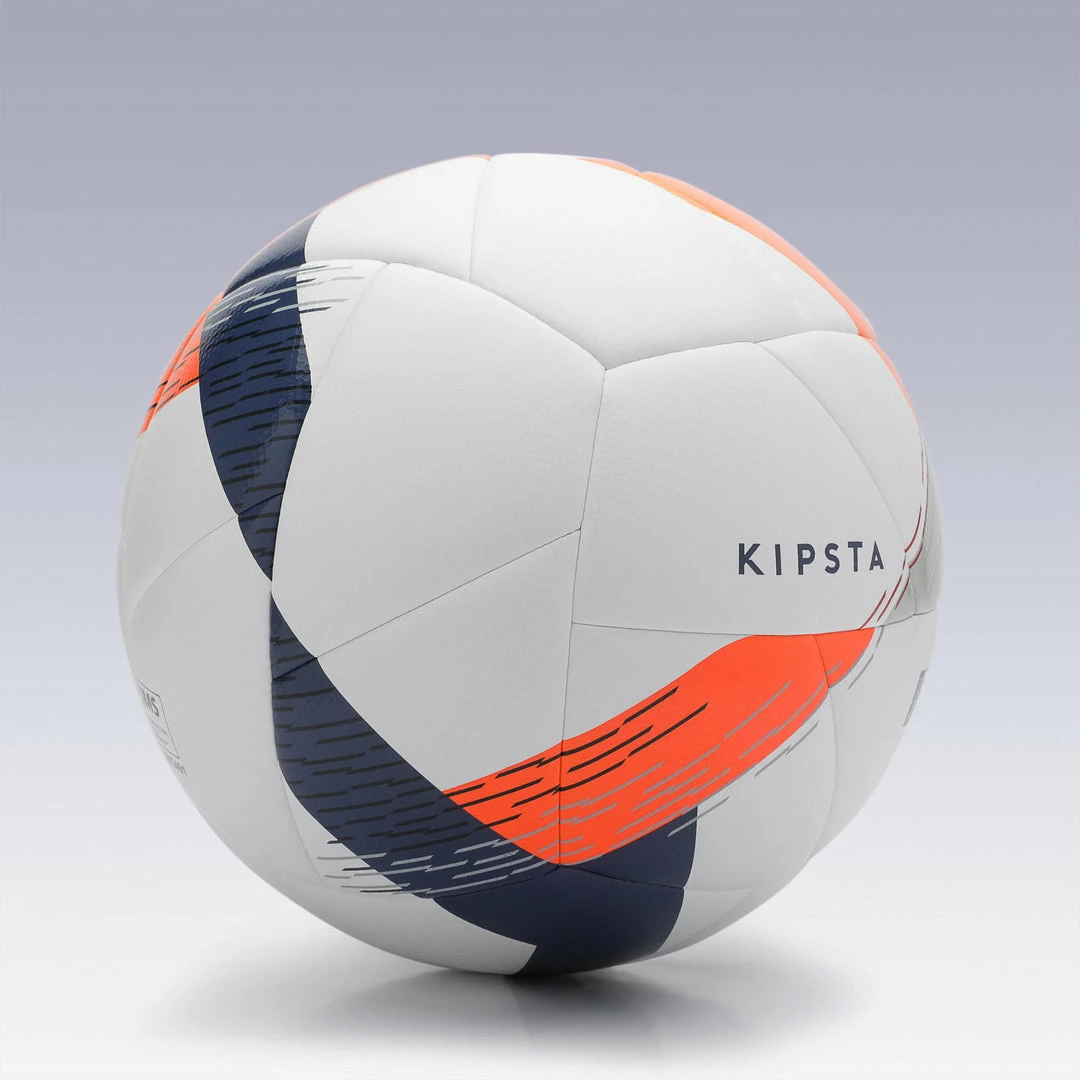

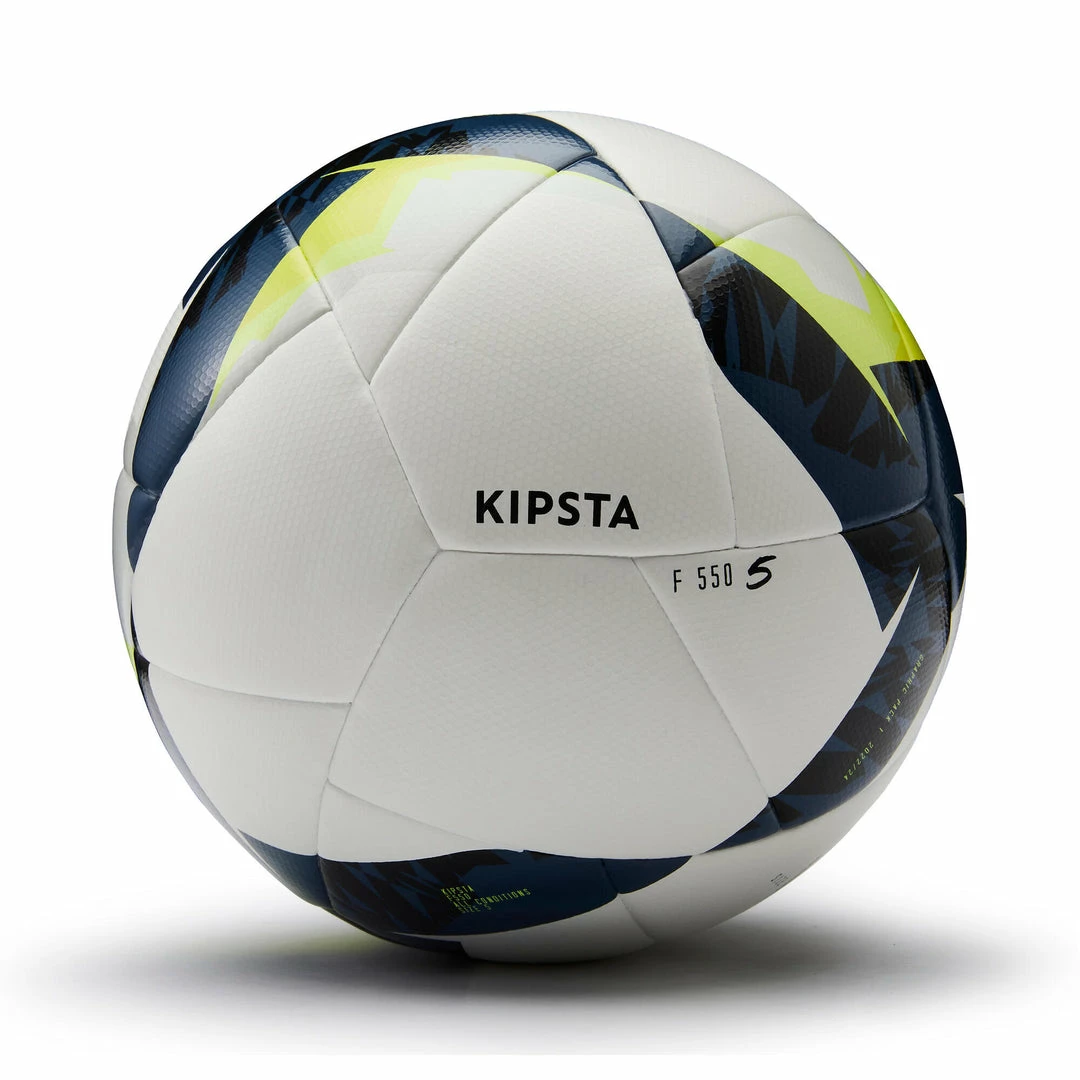



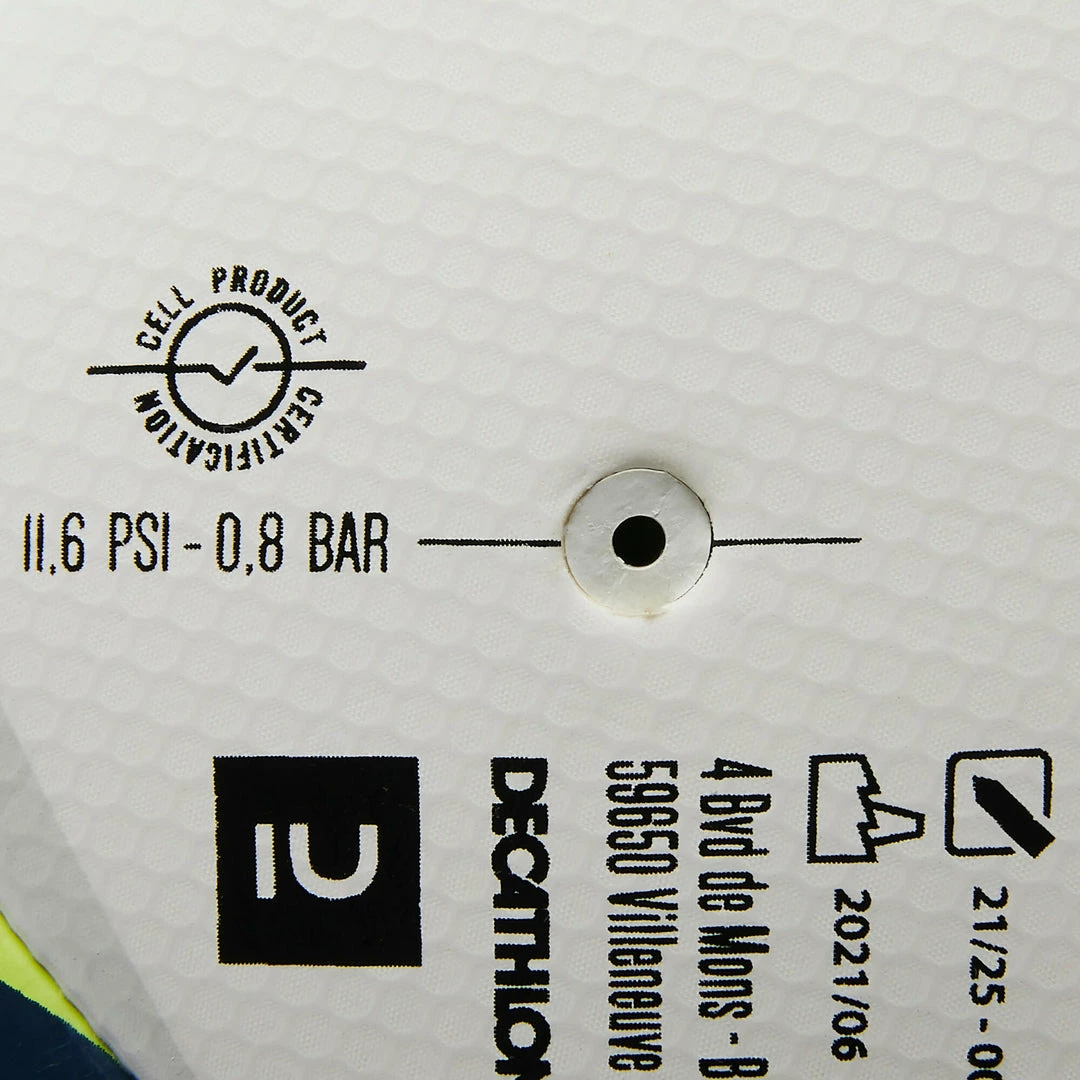
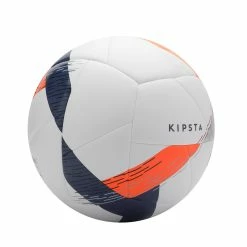
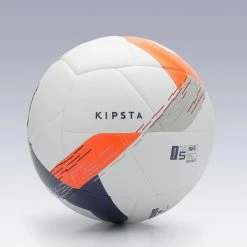

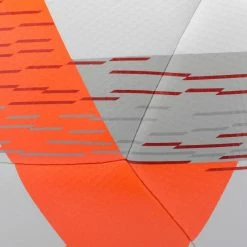
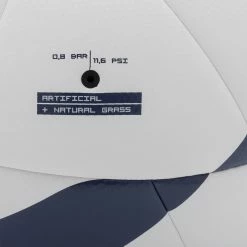

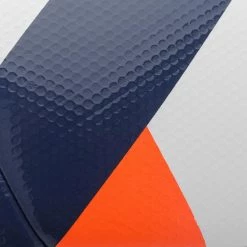
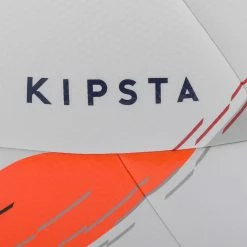
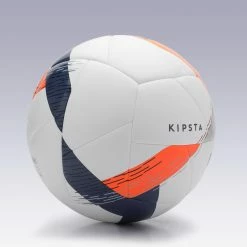

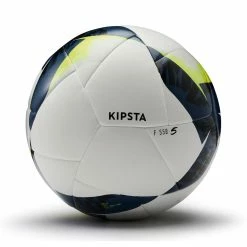
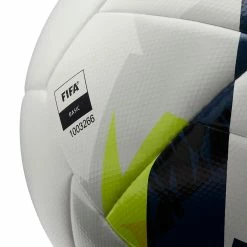

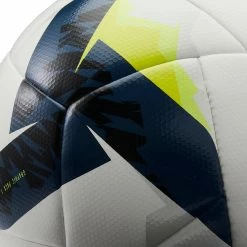
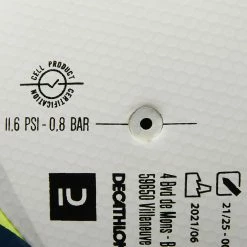
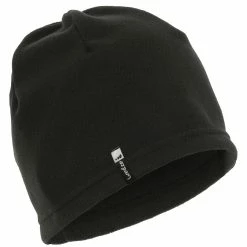
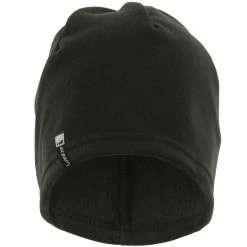


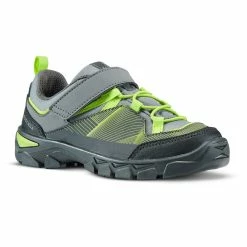





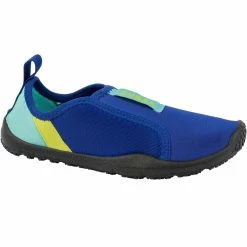





Reviews
There are no reviews yet.